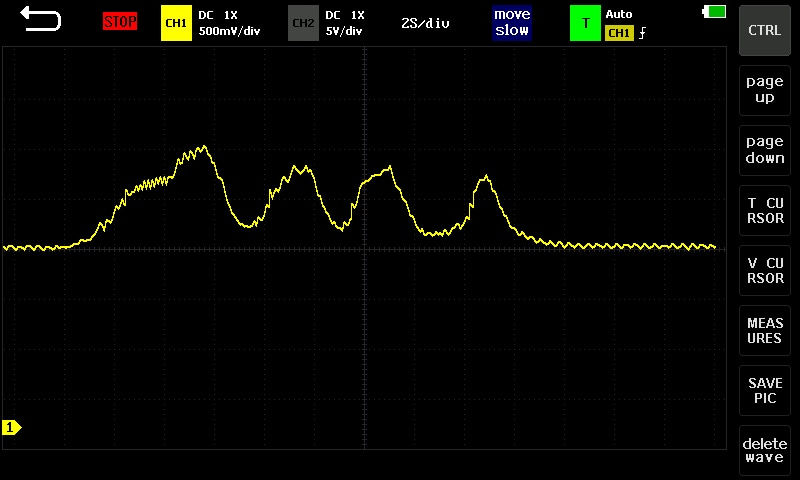top of page




MECHANICAL
MAP sensor
Manifold Absolute Pressure (MAP) sensor
The main function of the MAP sensor is to continuously monitor the amount of vacuum level in the intake manifold, and send information to the engine control unit to calculate the correct air-fuel mixture ratio and ignition timing, and thus also checks - indirectly because of its function - the operation of the turbocharger and the EGR valve too.
It is worth highlighting right at the beginning that it is not possible to directly calculate from the pressure parameter whether and in what amount the air flows.
Therefore, the MAP sensor itself is not able to directly provide information about the intake air mass, as only the pressure and the given cross-section - including the known cylinder capacity and engine speed parameters - are not sufficient for this calculation under dynamic conditions.

Maybe I shouldn’t highlight it because it’s clear to everyone that when the engine speed is zero, the vacuum pressure in the intake manifold is equal to the ambient air pressure which is about 1013 hPa. Thus, the amount of vacuum in the intake manifold increases according to the suction effect caused by the pistons and the position of the throttle valve when the engine is started, and of course, when the engine is running at maximum speed, the amount of vacuum in the intake manifold drops back to almost zero.

So even more clearly, the main difference between MAF and MAP sensors is that the MAF sensor is able to directly measure the air flow and exact air mass and the MAP sensor is basically used to monitor the actual engine load, and as I said a little above even the operation of the EGR valve and the turbocharger pressure in turbo engines. The physics of the system is quite simple because as the engine speed increases, the intake manifold vacuum decreases, but if we reduce the throttle, the butterfly valve closes in the throttle body housing to a certain degree, and thus the MAP sensor detects an increasing vacuum in the intake manifold.
So, the MAP sensor is not able to directly measure the intake air volume, but supplemented with an air temperature sensor can give an approximate estimation of the amount of intake air.
There are also vehicles that were manufactured in the 2000s where the required air volume was calculated primarily using the MAP sensor - and many other parameters such as throttle position, EGR valve position, temperature, engine speed and cylinder capacity - instead of a MAF sensor.

Inspection and Maintenance
In my opinion, the MAP sensor should be inspected and cleaned every few years due to the crankcase gas oil and the lubricating oil splashed by the turbocharger, and in addition to this, the EGR valve delivers back - together with the exhaust gases - a lot of dirt to the intake side too.
As a result of this fact, the MAP sensor most often just gets dirty, and thus can only detect much lower pressure - even at higher engine speed - in the intake manifold, and based on the lower output signal of this sensor, the engine control unit also reduces the amount of fuel injected into the cylinders, which leads, among other things, to unexpected engine vibration and a noticeable reduction in engine power due to the weakened mixture in the fuel.
In addition, if there are more serious deposits and dirt in the intake manifold, after a while the mixture will be so weak, that the engine will not be able to start either. In this case, just simply cleaning - with standard EGR cleaning spray - this sensor is also sufficient to achieve the optimal engine operation. In this special case, it is also worth checking the pressure of the common fuel rail which should be in the case of simple suction petrol engines around 2-3 bar after the ignition on.

7

8

11

7
1/4
The exact steps of the maintenances always depend on the vehicle type and the given situation, but I always like to check the integrity of all the wires of the sensor and the required usual 5 V input voltage on the supply line together with the output signal, of course not during static but dynamic load changes.

Thank You for reading this article!
bottom of page